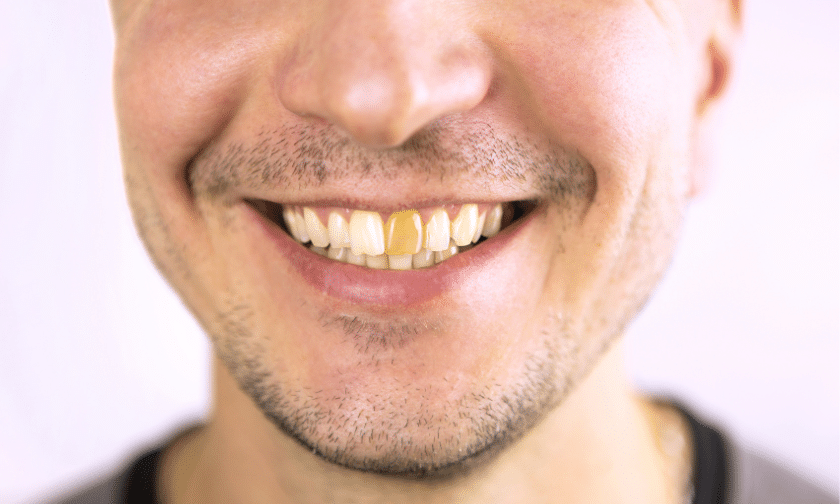
Is Your Tooth Too Damaged to Save?
Have you noticed a change in the shape, color, or texture of your tooth? Are you worried that it might be too damaged to save? If so, this article is for you. In this article, we’ll cover what causes tooth damage and discuss when a tooth may need to be extracted versus saved. We will also answer some frequently asked questions about saving teeth and provide resources for further information.
What Causes Tooth Damage?
There are several common causes of tooth damage:
1. Decay: decay occurs when acid from plaque breaks down your teeth and damages the enamel. This type of damage can range from mild discoloration to severe disintegration of the tooth structure.
2. Trauma: trauma can range from a minor chip to more serious injuries such as avulsion (knocking out) or intrusion (forcing a tooth into the jawbone).
3. Wear and Tear: over time, teeth can become worn down due to grinding, clenching, or chewing hard foods. This type of damage typically affects the enamel and may result in sensitivity or pain.
When Is a Tooth Too Damaged To Save?
When it comes to determining if a tooth is too damaged to save, your dentist will need to assess the extent of the damage and determine whether it can be fixed with restorative procedures. Some signs that indicate your tooth may be beyond repair include:
1. Severely decayed or fractured teeth
2. Extensive wear and tear that has caused structural damage to the tooth
3. A dark coloration of the tooth indicates a deep cavity
4. Loose or moving teeth due to trauma or infection
If your dentist determines that your tooth is too damaged to save, they may recommend extracting it and replacing it with an artificial one such as a dental implant or bridge.
What Are Options For Saving Your Tooth?
Depending on the extent of your tooth’s damage, there are several restorative dentistry treatments that can be used to preserve it:
1. Fillings: this is a common treatment for cavities. Your dentist can use either amalgam or composite fillings to repair the damage and restore your tooth’s shape and strength.
2. Crowns: if the damage is more extensive, such as a fracture or severe wear and tear, a crown may be necessary to provide protection and stability to the tooth structure.
3. Root canal therapy: when decay has reached the inner layer of your tooth (dental pulp), your dentist may suggest you undergo root canal therapy in order to remove the infection and save the remaining healthy parts of your tooth.
4. Implants: in some cases, it may be beneficial to replace an extracted or severely damaged tooth with an implant. Implants are surgically placed in the jawbone and topped with an artificial crown to mimic the look and feel of a natural tooth.
Conclusion
If you’re worried that your tooth may be too damaged to save, it’s important to speak with your dentist as soon as possible. By determining the extent of the damage and discussing your treatment options, you can ensure that your oral health remains intact for years to come.
A: If you notice any changes in the shape, color, or texture of your teeth, make sure to see your dentist right away. They can assess the damage and determine whether your tooth can be saved with restorative treatments or if extraction is necessary.
A: The most common treatments for saving a damaged tooth include fillings, crowns, root canal therapy, and implants. Your dentist will discuss the best option for you based on the type and extent of damage to your tooth.
A: Generally speaking, preserving your natural tooth is the best option for optimal oral health. However, in some cases such as severe decay or trauma, replacing your tooth with an artificial one may be necessary. Your dentist can help you decide which option is best for you.



